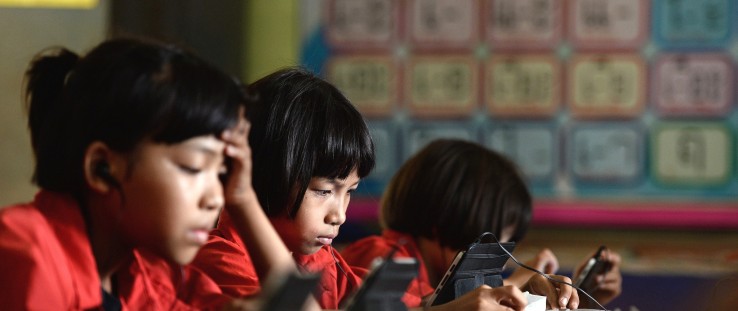 Students use tablet computers at the Ban San Kong school in Mae Chan, northern Thailand.
Christophe Archambault
Students use tablet computers at the Ban San Kong school in Mae Chan, northern Thailand.
Christophe Archambault
 Students use tablet computers at the Ban San Kong school in Mae Chan, northern Thailand.
Christophe Archambault
Students use tablet computers at the Ban San Kong school in Mae Chan, northern Thailand.
Christophe Archambault
A little over three years ago, in March 2011, USAID began an experiment in open source development with the launch of it first Grand Challenge for Development: Saving Lives at Birth. The concept of Grand Challenges—ambitious but achievable goals that capture the imagination of the public and use science, technology and innovation to solve important national or global problems—is not new and has been successfully adapted by a number of entities. But in 2011, the idea of putting out a worldwide call for innovative solutions to address important global development problems, in partnership with others, was entirely new for USAID.
Typically, USAID technical experts go through a rigorous project design process that results in a specific solution for a particular development challenge. The Grand Challenge for Development (GCD) approach turns this process on its head. And we always embark on a new GCD in partnership with others.
With GCDs, we spend a lot of time defining the problem that needs to be solved, but we don’t pre-suppose the solution. In designing a GCD, the focus is on defining the problem clearly, rather than on possible solutions. Guided by the principle that scientific and technological breakthroughs have transformed insurmountable development challenges into solvable problems, GCDs recognize that solutions are out there: we just don’t necessarily know what they are.
By opening the Agency to potential solvers across many disciplines, locations and areas of expertise, we increase the odds of finding and accelerating those revolutionary, cost-efficient advances that just might change the world.
In the case of Saving Lives at Birth, we first looked to define the problem of maternal and infant mortality, focusing on the fact that the onset of labor marks the start of a high-risk period for both mother and baby that does not ease until at least 48 hours after birth. During this short period of time, 145,000 maternal deaths, 1.45 million neonatal deaths, and 1.2 million stillbirths occur each year. Almost all of the deaths during this high-risk period occur in low- and middle-income countries, especially in sub-Saharan Africa and South Asia, where access to quality care is also the poorest and additional factors prevent women from seeking and receiving lifesaving care when they are about to give birth.
Further narrowing the definition of the problem, Saving Lives at Birth specifically sought innovative approaches to prevention and treatment across three areas: new scientific and technological approaches to prevent, detect or treat maternal and newborn problems at the time of birth; service delivery models to provide high-quality care at the time of birth; and ideas for empowering and engaging pregnant women and their families to practice healthy behaviors and be aware of and access health care. Ideas came from all over the world: from an Argentinian auto mechanic; a world-class scientist working at the interface between nanotechnology and biology; students; entrepreneurs; in-country NGOs; and established multimillion-dollar research institutions.
In collaboration with partners, including the Government of Norway, the Bill & Melinda Gates Foundation, Grand Challenges Canada, and the U.K. Department for International Development, Saving Lives at Birth proved to be a successful new model for drawing upon the collective genius of the global science and technology community to produce breakthroughs that could impact this critical public health issue, setting the template for the other Grand Challenges for Development that would soon follow.
We have since launched four additional GCDs—All Children Reading, Powering Agriculture, Making All Voices Count, and Securing Water for Food. Partners such as government aid agencies like the Swedish development agency Sida, private sector companies like Duke Energy, and NGOs such as World Vision are central to this strategy, encouraging a quest for solutions for these GCDs.
Working together, harnessing the potential of sourced innovative solutions, and tapping into the unique capabilities of each partner, USAID’s programs can have an even greater impact on the developing world. While we are still in the early stages of this new approach, the initial findings of our efforts have proven promising.
In the three years since the launch of Saving Lives at Birth, USAID has committed $81 million to GCDs and partners have committed an additional $139 million. More than 4,000 innovators have applied for funding, and over 135 innovators are currently receiving financial support. Most of that support ranges from $100,000 to $2 million. Approximately 36 percent of the innovators are coming from developing countries.
One of the innovations funded by Saving Lives at Birth showing great promise is PharmaChk—a fast, easy and inexpensive screening technology for combating counterfeit and substandard medications. A 2014 field test in Ghana showed the PharmaChk device to be 99.6 percent accurate in identifying the drug formulation in an injectable antimalarial medication.
By the end of 2014, the number of innovators supported through GCDs is expected to surpass 200. Many of these innovators are also receiving additional in-kind assistance that includes corporate mentoring, scaling support, business development services, investment pitch preparation, and access to distribution partners and manufacturing partners on the ground.
Building upon the Grand Challenge model, USAID is prioritizing the role of science, technology, innovation and partnerships across all international aid efforts. In addition to Grand Challenges, the Agency’s catalyzing tools also include prizes and advanced market commitments, which are commitments to buy a product or solution that is needed but doesn’t exist yet and thus catalyzing innovators to create what is needed. The importance of evidence of impact and the belief that scientific and technological breakthroughs can help bring an end to global poverty has now become a cornerstone of the Agency, and one that’s been realized in the newly launched U.S. Global Development Lab at USAID.
I am really pleased to be introducing this issue of FrontLines devoted to the Grand Challenges for Development.
Five Principles of the Grand Challenges
By Steven Buchsbaum and Peter Singer
In 2003, the Bill & Melinda Gates Foundation launched the Grand Challenges in Global Health initiative. It was inspired by mathematician David Hilbert’s “grand challenges” in mathematics, which helped draw attention to key obstacles inhibiting the field in the early 20th century.
Today, the impact and scope of the family of Grand Challenges initiatives has grown considerably thanks to the participation of USAID and Grand Challenges Canada, giving birth to an easily replicated model for emerging global development innovations.
While the issues that USAID’s Grand Challenges for Development program, Grand Challenges Canada, and programs at the Gates Foundation seek to tackle grow more diverse and the model continues to adapt and evolve, five principles remain in place that guide and unite all Grand Challenges:
1. Strategic and well-articulated Grand Challenges serve both to focus research and development efforts and to capture the imagination of and engage the world’s best researchers and innovators. The Grand Challenges model focuses on seeking solutions to well-defined problems. The initiative brings these problems to the attention of relevant communities of solvers, both individuals and organizations, and invites creative and forward-thinking approaches to address issues that, if solved, can dramatically improve the world we live in.
2. Projects are selected based on public and transparent calls for proposals seeking the best ideas. The Grand Challenges programs do not purport to know the solutions to the world’s most pressing development issues—but they are willing to take risks and invest to create new solutions. The Grand Challenges model aims to engage new solvers with fresh ideas.
3. Funders, innovators and other stakeholders actively collaborate to accelerate progress and promote advances to ensure they serve those most in need. The public, private, academic and nonprofit sectors must work together to accelerate and scale up innovations that can improve the lives of those most in need.
4. Projects are selected not only for scientific excellence, but also for the likelihood that they will achieve the desired scale and impact. Successful applicants present projects that, when proven successful through the collection of rigorous evidence, have the potential to serve those most in need. Investing in scientific innovation—as well as in the business and social innovation needed to increase impact at scale—will help ensure that these efforts have the greatest possible impact in terms of lives saved or improved.
5. Researchers and innovators work to ensure that the fruits of their projects are accessible and available to those most in need. Fostering ties to industry, either by helping bridge the private and public sectors or by directly funding a company, can create sustainable enterprises and reduce the time from discovery to development, production and impact. Key to this is developing global access strategies to ensure that those most in need benefit from new solutions.
Steven Buchsbaum is the deputy director for discovery & translational sciences at the Bill & Melinda Gates Foundation. Dr. Peter Singer is the CEO of Grand Challenges Canada.







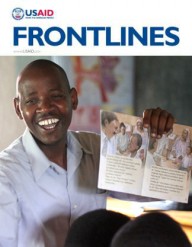

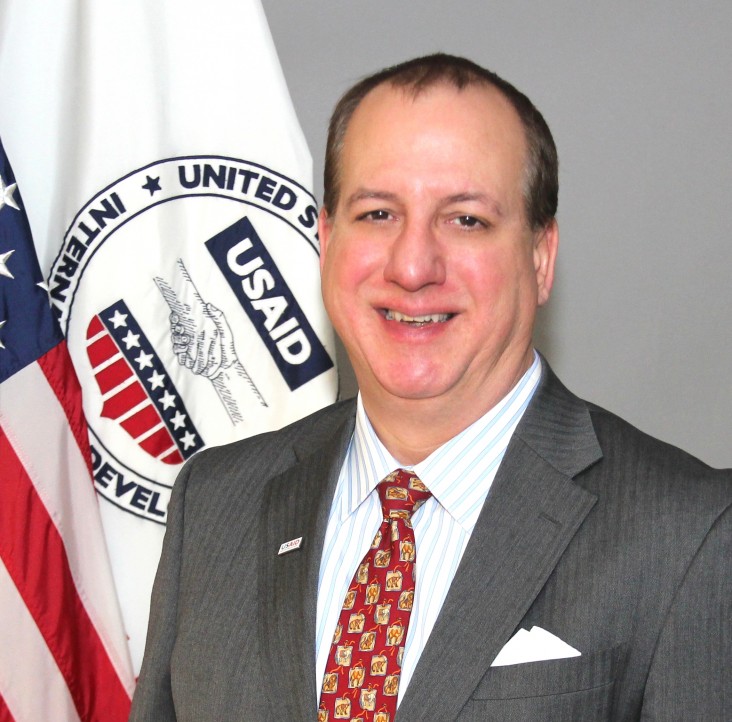
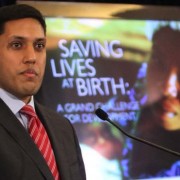
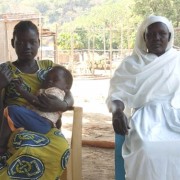
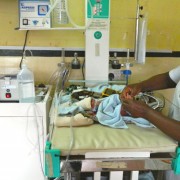
Comment
Make a general inquiry or suggest an improvement.